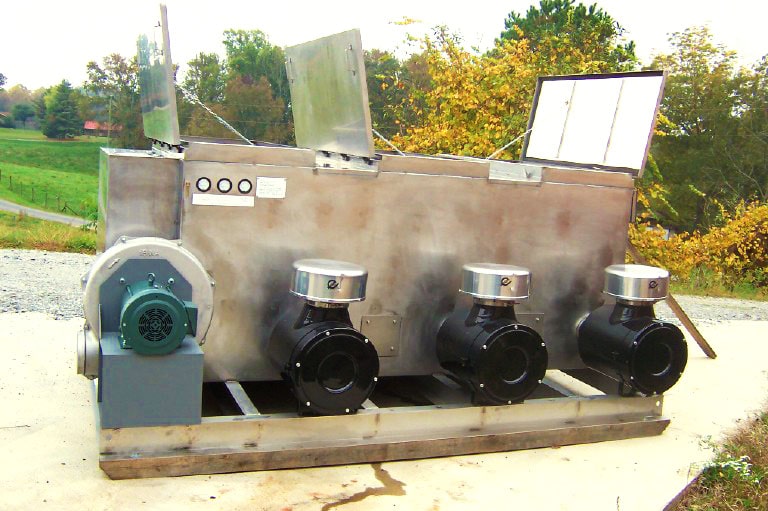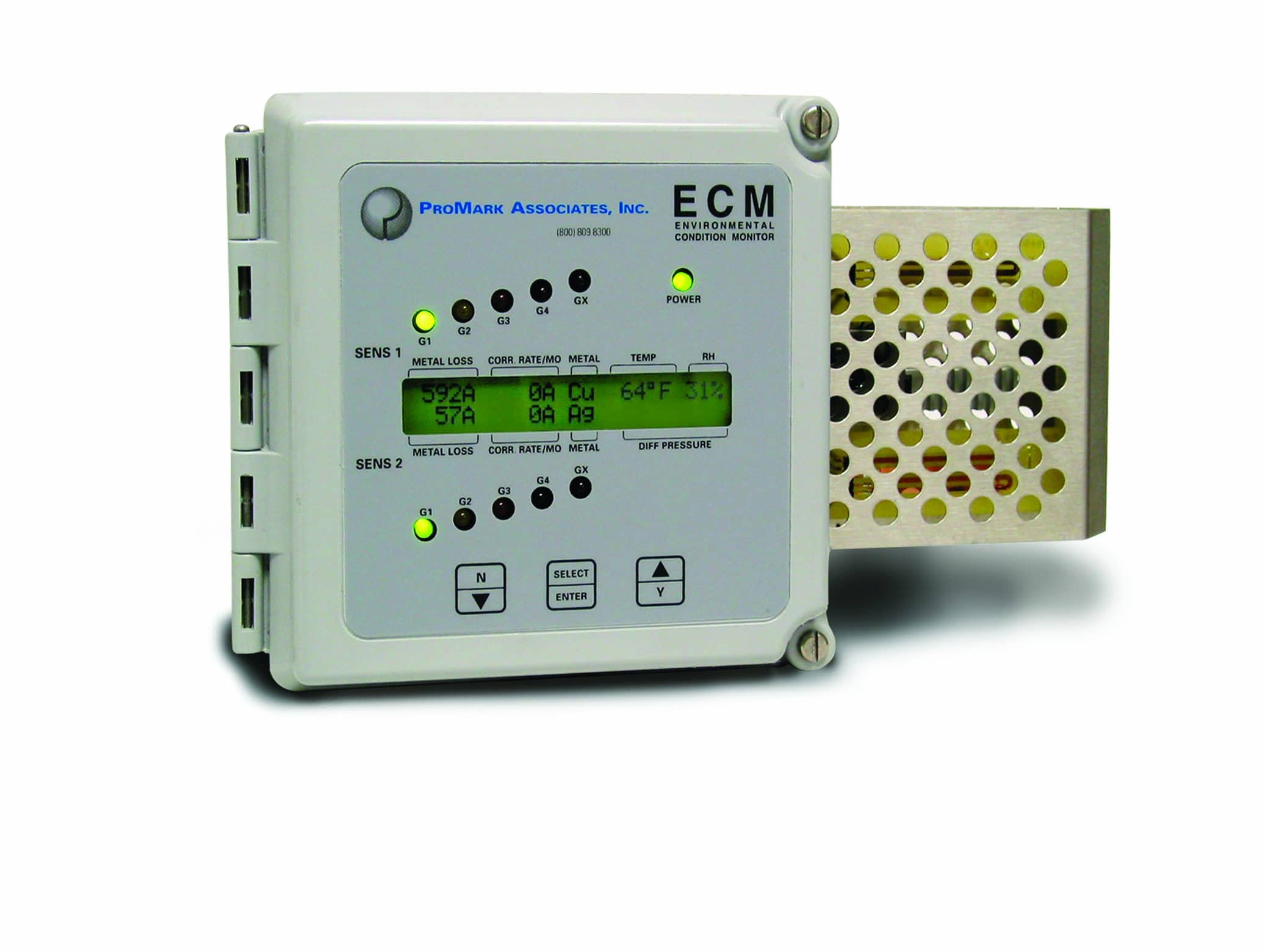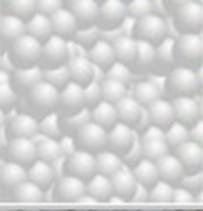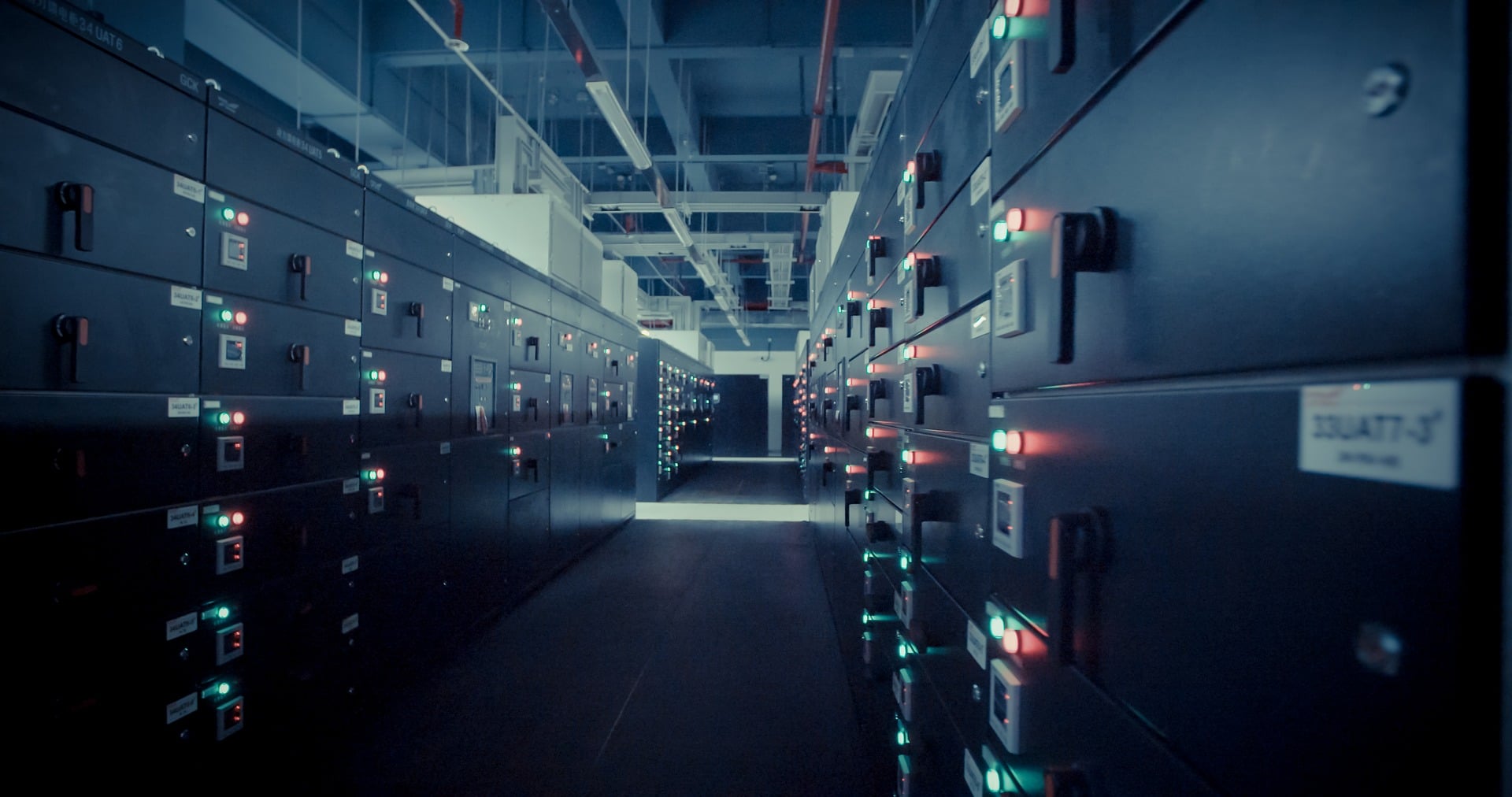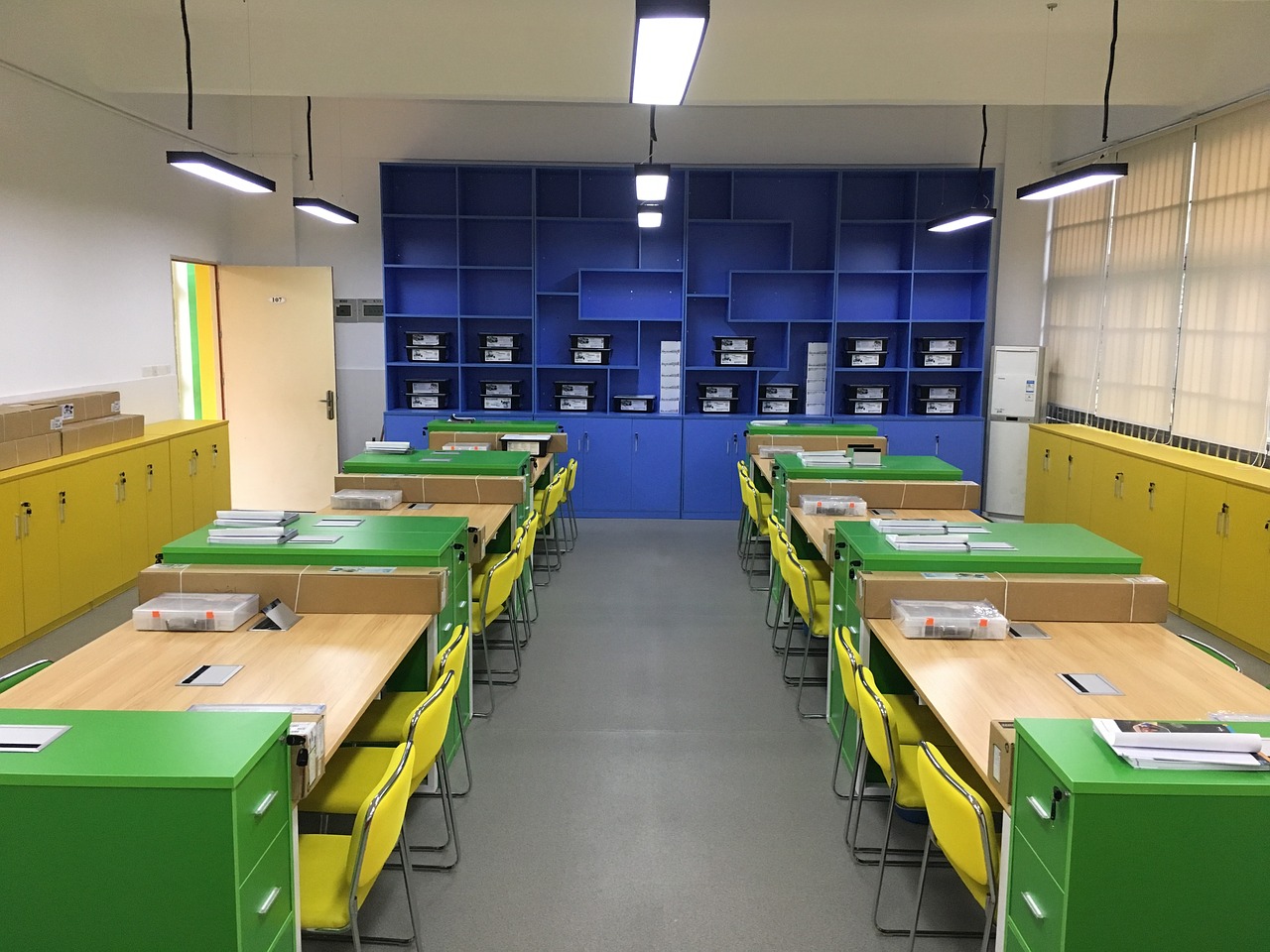Battling unseen gases and emissions from industrial processes.
Common Industrial Air Problems
ProMark is the expert in neutralizing corrosive gases that eat away at electronic and electrical infrastructure in industrial environments. We destroy the corrosive gases and capture harmful particulates. There is a range of corrosive gases, both acidic and caustic. One other common gas is chlorine. Chlorine requires a chemistry very different chemistry than what is needed for acid and caustic gases. Industrial applications require industrial-strength solutions, from stainless steel housings to high-capacity media for hydrogen sulfide (H2S), nitrous oxides (NOx), and sulfur oxides (SOx). Critical rooms with controls and computers need to be positively pressurized with clean, scrubbed air. This positive pressure ensures that that air flows out, not in, should there be any leaks in the building. Even if a building has positive pressurization and one of our scrubbers installed, we highly recommend installing a recirculation air scrubber inside the room to constantly scrub out any of gases and particles that enter. This is the only way to ensure that the air stays clean, especially when people walk in and out carrying corrosive gases on them.

Contact Us for More Information or a Quote
Common Problems
Refineries
Problem: The need for uncontaminated, controlled atmospheres is essential.
Throughout the industry, the need for uncontaminated, controlled atmospheres is essential. This is especially true since lead-free standards that removed lead from solder were implemented, namely RoHS. Electronic equipment is now even more sensitive to gaseous contaminants that cause corrosion.
Solution: The correct media, the right size scrubber and ongoing monitoring
By finding the correct filtration media to effectively remove contaminants. Deep-bed scrubbers of the correct capacity are ideal for industrial environments with medium-to-high levels of contaminants. Ongoing corrosion monitoring allows maintenance professionals to provide service before the gas-phase media is spent.
Paper Mills
Problem: During manufacturing, harmful chemical by-products are released into the air
The odor common to paper mills is sulfur dioxide, but the bleaching process can also release chlorine. These pollutants create corrosion and irreversible damage to such critical electronic components as integrated circuits, control panels, pin connectors, and heavy-duty electrical switches. Corrosion damage accounts for nearly 40 percent of equipment failures in industrial applications. Down time for a mill is very costly, so operators must work to prevent corrosion on critical components.
Solution: Recirculation, the right scrubber and the correct media
The first step is pressurizing a room with air that has been scrubbed of all corrosive gases and particulates. But even with one of our scrubbers aided by positive pressurization, it is best to have a room air scrubber indoors to constantly circulate the air and scrub it of gases and particles. This is the only way to ensure that the air stays clean, especially when people walk in and out carrying corrosive gases on them. To that end, we provide a bulk-fill scrubber or a deep-bed scrubber for multiple gases to provide pressurization and an RP room recirculation scrubber in each critical area of the building.
Power Generation
Problem: Any instance of critical equipment repair or failure due to the gaseous corrosion of sensitive electronics is very expensive.
The power generation sector is an essential industry. Developing countries are expanding theirs to meet increasing demand while developed countries deal with aging infrastructure and increased capital spending.
Solution: Recirculation, the right scrubber and the correct media
The first step: Rooms pressurized with air that has been scrubbed of all corrosive gases and particulates. We have learned that even in one of our scrubbers in a space with positive pressurization, its best to have a room air scrubber inside to constantly circulate the air and scrub it of gases and particles. This is the only way to ensure that the air stays clean, especially when people walk in and out carrying corrosive gases on them.
Corrosion Control
Problem: Wastewater processes create gaseous by-products that corrode sensitive electronic components.
Wastewater plants are notable for their rotten egg odor, caused by hydrogen sulfide. H2S is highly corrosive to electrical systems and electronics throughout a plant. Factor in aging equipment and infrastructure, and the resultant decrease in uptime, and costly repairs or replacements, harms the bottom line.
Solution: Ongoing Monitoring, the right modules and the correct equipment.
Control rooms and switch gear rooms need air scrubbers with ProGuard media that removes H2S, SOx, and NOx. Bulk-fill scrubbers are ideal because they have the most media coupled with slow airflow, which removes the gases effectively and last a long time. The most critical rooms also need a recirculation and pressurization air scrubber to maintain low levels of corrosion.
Emergency Gas Scrubbing
Problem: Chlorine gas is the major source of toxic release incidents.
Facilities storing large quantities of chlorine must invest in emergency standby equipment to prevent accidental chemical releases. The U.S. Environmental Protection Agency’s Risk Management Program for Chemical Accident Release Prevention “requires regulated facilities to develop and implement appropriate risk management programs to minimize the frequency and severity of chemical plant accidents.”
Solution: Redundant Scrubbers and the correct Chemical Filtration Media
We do not build the scrubbers, but we do supply the right chlorine reactive media to take up the chlorine gas as it is rapidly released from a cylinder. These releases are not common, but should they occur, people and animals in the surrounding neighborhood are in danger of breathing the chlorine—at risk for serious consequences. To maintain the safety of people and animals, the chlorine must be stopped and converted to a safe solid that stays on the filter media. ProGuard® 400 will do that. And, because it’s based on aluminum oxide, high temperatures will not disable it.
Odor Control
Problem: Municipal wastewater treatment facilities discharge nuisance odors.
Municipal wastewater treatment facilities discharge odors as the result of the processes of collecting and treating wastewater. The plant is charged with treating air emissions and nuisance odors in compliance with environmental regulations. Mostly they are responsible for solving complaints from nearby neighbors who complain. They also have corrosion problems as addressed in a previous solution statement.
Solution: Media Life Testing, the correct Chemical Filtration Media and the right-sized Scrubber.
Odors can be a problem almost anywhere. Wastewater plants produce the most offensive and common odors. That rotten egg smell is characteristic of these facilities and the odor is from H2S, hydrogen sulfide. It is not only offensive but corrosive and can be flammable. It is deadly if the concentration rises above 20 ppm per OSHA. The answer is to capture the gases as they are released at a wet well, pumping station or the treatment plant. The airflow volume determines the equipment required. For 100 cfm to 2,000 cfm either a Bulk Filled Scrubber or a Deep Bed Scrubber is the best answer. They provide the most media per cfm so the change out intervals are longer. If the airflow is higher then a Side Access housing is best so the fan does not have to be so powerful. ProGuard® 200, or 300 and/or 900, or 950 all can remove the odors. Which one to use is determined by customer choice, cost and intensity of the odors.



